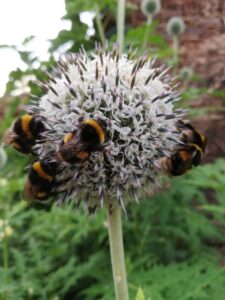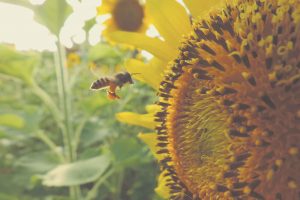
MEET THE “EDITORS”
In selecting the plants that I grow in the nursery or use in my designs, I use a variety of editing tools. The first is the most common one used in horticulture: Aesthetics. Do I like the plant? Do I find it beautiful or does it play an important role in making an overall planting beautiful?
Often this is where people stop. The temptation to do whatever it takes to grow the plants you want is too much for some people and so borders are double dug and improved with compost, plants with wildly different needs and behaviours are planted together and failure of the planting is concealed by regular replacement of plants to bring about the desired effect.
The next one is the key editor for me. The question at the heart of all sustainable horticulture: Does the plant want to grow there?
Does it get the right amount of sun? Will it have enough nutrients on the underlying soil? Will hard frosts kill it? Will it rot away in winter rains? Is it particularly delectable to molluscs or rodents?
It is possible for a plant to provide the right answers to all of these questions and for it still to not thrive. If it droops sulkily and fails to flower most years it is not merely a question of plant survival but a waste of space that could be filled with something that would grow joyfully. Some things also grow a little too joyfully and you need to decide whether the hours of weeding and thinning are worth the effect of say growing leucanthemum vulgaris in a gravel garden or whether you might get the same white daisy effect with a better behaved Tanacetum corymbosum or Argyranthemum frutescens.
The final editor for me is the question of what the plant gives to the ecosystem around it. Does it have flowers accessible to insects particularly to extend the flowering seasons at both ends of the year for bees? Does it host the larval stage of butterflies and moths? Do its stems provide over-winter shelter? Do its roots stabilise the soil effectively, preventing erosion? All of these are particularly valid questions in the years we are living through and should guide our choices for future plantings.


0 Comments